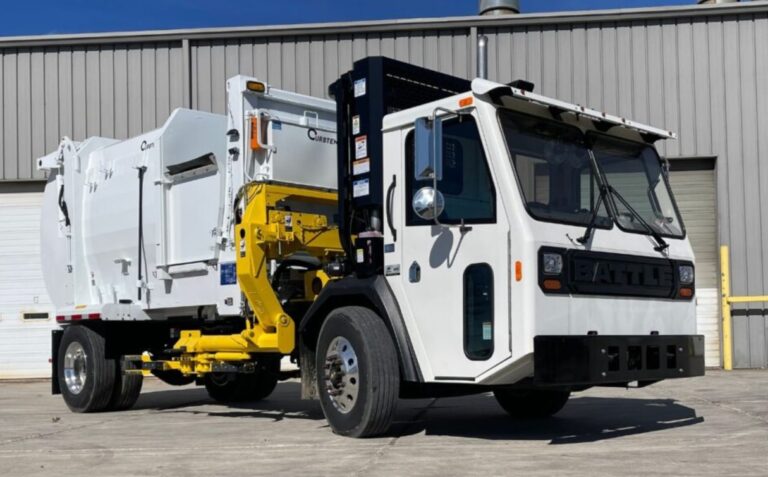Do Semi Trucks Have Cruise Control? A Complete Breakdown
To start, Do Semi Trucks Have Cruise Control? This is a question that often comes up, especially considering how much time truck drivers spend on the road. Well, most semi-trucks do have cruise control. This feature not only makes the driver’s job easier but also contributes to fuel efficiency. In this article, we will delve deeper into the world of semi-truck cruise control systems.
Key Takeaways
- Most semi-trucks have cruise control: Even older models with manual transmission offer some cruise control capabilities.
- Advanced Features: Newer trucks are being equipped with advanced features like adaptive cruise control and lane keep assist.
- Efficiency: Using cruise control in semi-trucks can save fuel, which is crucial for trucking companies.
- Safety: Advanced cruise control systems can help in preventing accidents by automatically applying brakes.
- Future Technology: Autonomous semi-trucks are in the testing phase, which will take cruise control to the next level.
Do Semi Trucks Have Cruise Control?
Yes, most semi-trucks are equipped with cruise control systems. Even older models that have manual transmissions offer some form of cruise control.
However, unlike passenger cars where you can “set it and forget it,” semi-trucks require driver input, especially when navigating hills or changing speeds.
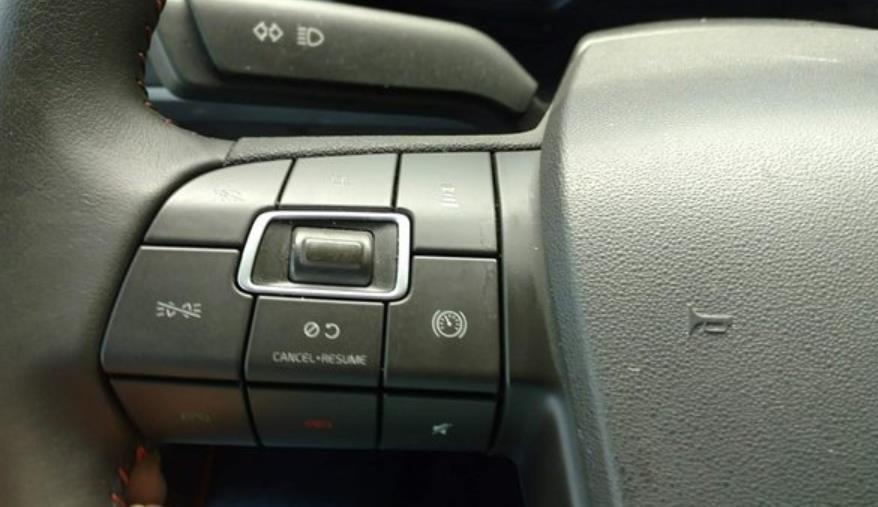
How Does Cruise Control Work in Semi-Trucks?
Cruise control in semi-trucks works by maintaining a set speed without the need for the driver to keep their foot on the gas pedal.
This is particularly useful for long-haul drives where maintaining a constant speed can help in fuel efficiency.

Advanced Features in Modern Semi-Trucks
Newer models of semi-trucks are being equipped with advanced features like adaptive cruise control.
This system can adjust the truck’s speed based on the traffic conditions, thereby enhancing safety and ease of driving.
Safety Aspects of Cruise Control in Semi-Trucks
Advanced cruise control systems in semi-trucks can automatically apply brakes if a vehicle cuts too close in front of them. This is a significant safety feature, given the larger blind spots that semi-trucks have.
Efficiency and Fuel Savings
Using cruise control can result in fuel savings, which is a critical factor for trucking companies. Every mile per gallon counts when you are covering long distances.
The Future of Cruise Control in Semi-Trucks
The future looks promising with the advent of autonomous semi-trucks that are currently in the testing phase.
These trucks will have advanced cruise control systems that require minimal to no human intervention.
Types of Advanced Cruise Control Systems
Beyond the basic cruise control features, there are more advanced systems like Predictive Cruise Control (PCC) and Cooperative Adaptive Cruise Control (CACC).
PCC uses GPS and topographical map data to adjust speed according to the road conditions ahead. On the other hand, CACC allows trucks to communicate with each other to maintain a safe distance.
Legal Regulations Surrounding Cruise Control
It’s essential to understand the legal regulations that govern the use of cruise control in semi-trucks. These laws can vary by state and country, and failing to adhere to them can result in penalties.
Maintenance of Cruise Control Systems
Regular maintenance is crucial for the efficient functioning of cruise control systems. This includes software updates and hardware checks to ensure that the system is in optimal condition.
The Cost Factor
Advanced cruise control systems can be a significant investment. However, the long-term benefits, such as fuel efficiency and reduced driver fatigue, often justify the cost.
Benefits Of Cruise Control In Trucks
Cruise control in trucks offers a myriad of benefits that go beyond just maintaining a constant speed. Here are some of the key advantages:

- Fuel Efficiency: One of the most significant benefits is improved fuel efficiency. By maintaining a constant speed, the engine operates at an optimal level, reducing fuel consumption.
- Reduced Driver Fatigue: Long hours on the road can be exhausting for drivers. Cruise control allows drivers to take their foot off the gas pedal, reducing physical fatigue and improving overall driving conditions.
- Safety: Advanced cruise control systems come with safety features like adaptive cruise control, which adjusts the truck’s speed based on traffic conditions. This can prevent potential accidents and improve road safety.
- Cost Savings Improved fuel efficiency and reduced wear and tear on the vehicle can result in long-term cost savings for trucking companies.
Tips On Using Cruise Control In Semi Trucks
Using cruise control effectively requires some best practices. Here are some tips for using cruise control in semi-trucks:

- Know When to Engage: It’s best to engage cruise control on flat terrains and long stretches of highway where you can maintain a constant speed.
- Stay Alert: Even with cruise control, it’s crucial to stay alert and keep your hands on the steering wheel. Always be prepared to disengage the system if necessary.
- Understand Your System: Different trucks have different types of cruise control systems. Some may have advanced features like adaptive cruise control. Understand how your system works to use it effectively.
- Regular Maintenance: Ensure that the cruise control system is regularly checked and updated to maintain its efficiency and safety features.
When To Use Cruise Control?
Knowing when to use cruise control can make a significant difference in its effectiveness and your safety. Here are some guidelines:
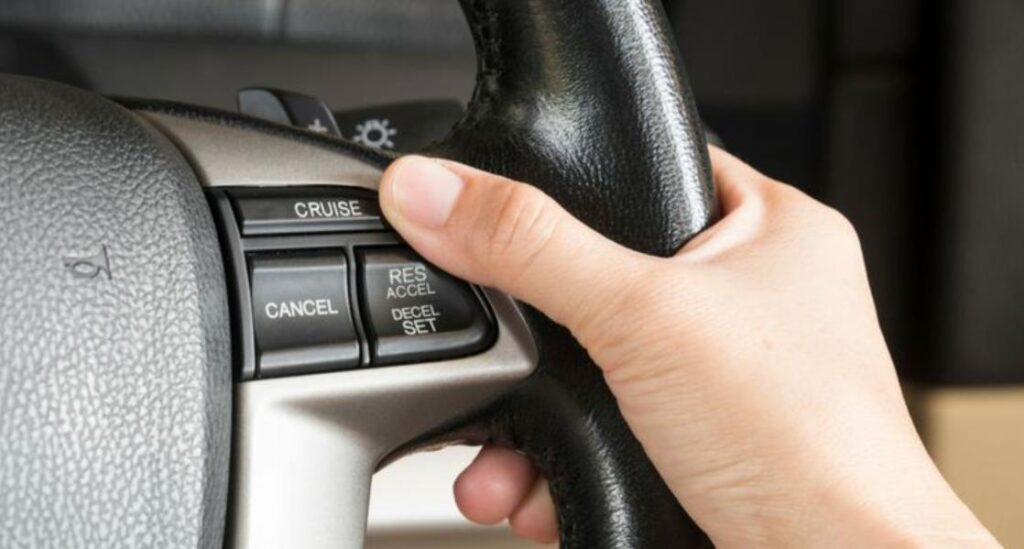
- Ideal Conditions: Use cruise control in good weather conditions. It’s not advisable to use it in heavy rain, snow, or icy conditions as it can be hazardous.
- Traffic Flow: It’s best to use cruise control when the traffic is flowing smoothly. Avoid using it in heavy traffic where frequent stopping and starting are required.
- Road Type: Cruise control is most effective on highways and freeways where you can maintain a constant speed. It’s not suitable for city driving where there are frequent stops and turns.
Do Semi-Trucks Have Adaptive Cruise Control?
Yes, many modern semi-trucks are equipped with adaptive cruise control (ACC) systems. Unlike traditional cruise control, ACC can adjust the vehicle’s speed based on the surrounding traffic conditions.
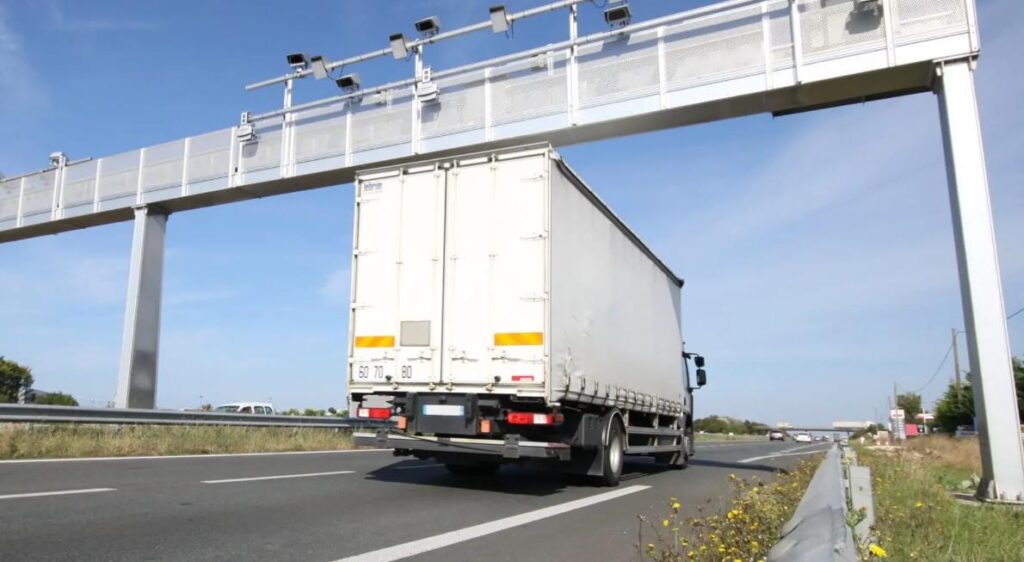
It uses sensors and cameras to monitor the road and other vehicles, slowing down or speeding up as necessary to maintain a safe following distance.
This feature enhances both safety and fuel efficiency, making it a valuable addition to modern trucking fleets.
How Will Semi-Truck Technology Continue To Evolve?
The future of semi-truck technology is promising, with several advancements on the horizon:

- Autonomous Trucks: Companies like Tesla and Waymo are working on fully autonomous trucks that could revolutionize the industry.
- Electric Trucks: With the push for greener alternatives, electric trucks are becoming more viable and could soon be a common sight.
- IoT and Telematics: Internet of Things (IoT) technology and telematics will provide real-time tracking and diagnostics, improving fleet management and maintenance.
- Advanced Safety Features: Beyond adaptive cruise control and lane assist, future trucks will likely include more advanced safety features like collision avoidance systems and blind-spot monitoring.
What Does Cruise Control Do In A Truck?
Cruise control in a truck functions much like it does in any other vehicle but is especially beneficial for long-haul routes.
It maintains a set speed set by the driver, allowing for more consistent fuel usage and reducing driver fatigue.
Some advanced systems can even adjust for hills and traffic conditions, making the drive smoother and safer.
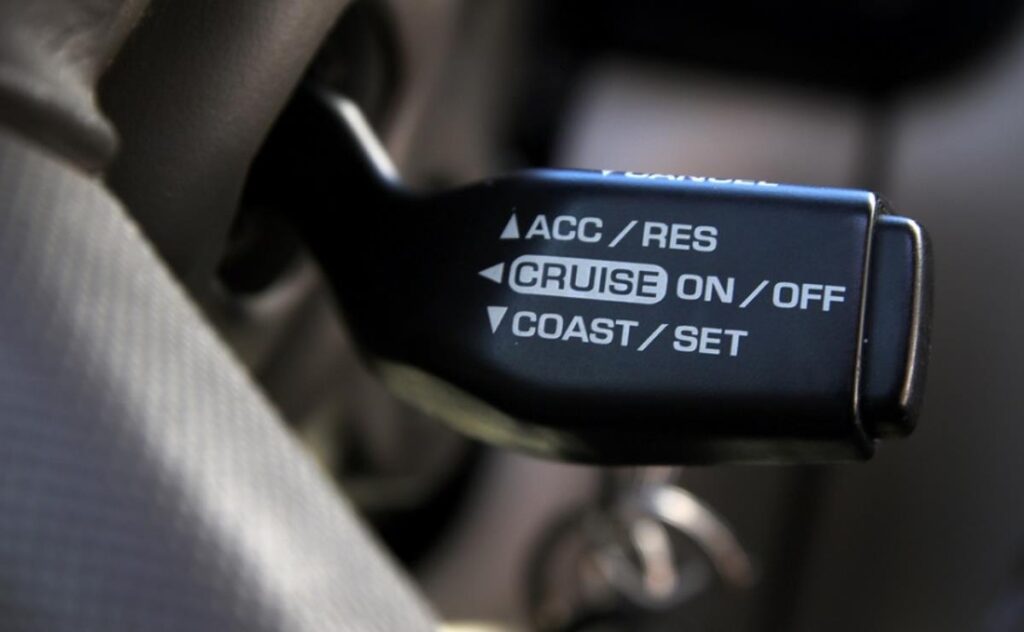
Do Semi-Trucks Have Lane Assist?
Yes, many newer models of semi-trucks come equipped with lane assist technology. This feature helps drivers stay within their lane by providing visual and auditory alerts if the truck starts to drift.
Some advanced systems can even gently steer the truck back into its lane. This is another safety feature that aims to reduce the number of road accidents involving semi-trucks.
Conclusion
In summary, do semi trucks have cruise control? Yes, they do, and the technology is continually evolving to make the lives of truck drivers easier and safer.
With advancements like adaptive cruise control and the potential for autonomous driving, the future of cruise control in semi-trucks is indeed promising.
People Also Ask
Is cruise control mandatory in semi-trucks?
This question addresses whether there is a legal requirement for semi-trucks to have cruise control systems. The answer is that it’s not mandatory, but it’s highly recommended, especially for long-haul routes where driver fatigue can be a significant issue.
Can cruise control be retrofitted into older semi-trucks?
This question is relevant for owners of older semi-truck models that may not have come with a cruise control system. The answer indicates that retrofitting is possible, and many companies offer such services. This allows older trucks to be updated with modern cruise control systems.
This question is about the financial implications of having a cruise control system in a semi-truck. The answer suggests that some insurance companies might offer discounts on premiums for trucks that are equipped with advanced safety features, including cruise control. This could make it financially beneficial for truck owners to have a cruise control system installed.

Welcome to the exhilarating world of Matt Rex, a professional car racer turned renowned vehicle enthusiast. Immerse yourself in his captivating blog as he shares heart-pounding adventures, expert reviews, and valuable insights on cars, trucks, jets, and more. Fuel your passion for speed and discover the beauty of vehicles through Matt’s engaging stories and meticulous expertise. Join the ever-growing community of enthusiasts who find inspiration and expert advice in Matt Rex’s blog—a digital hub where the thrill of speed meets the pursuit of knowledge.







